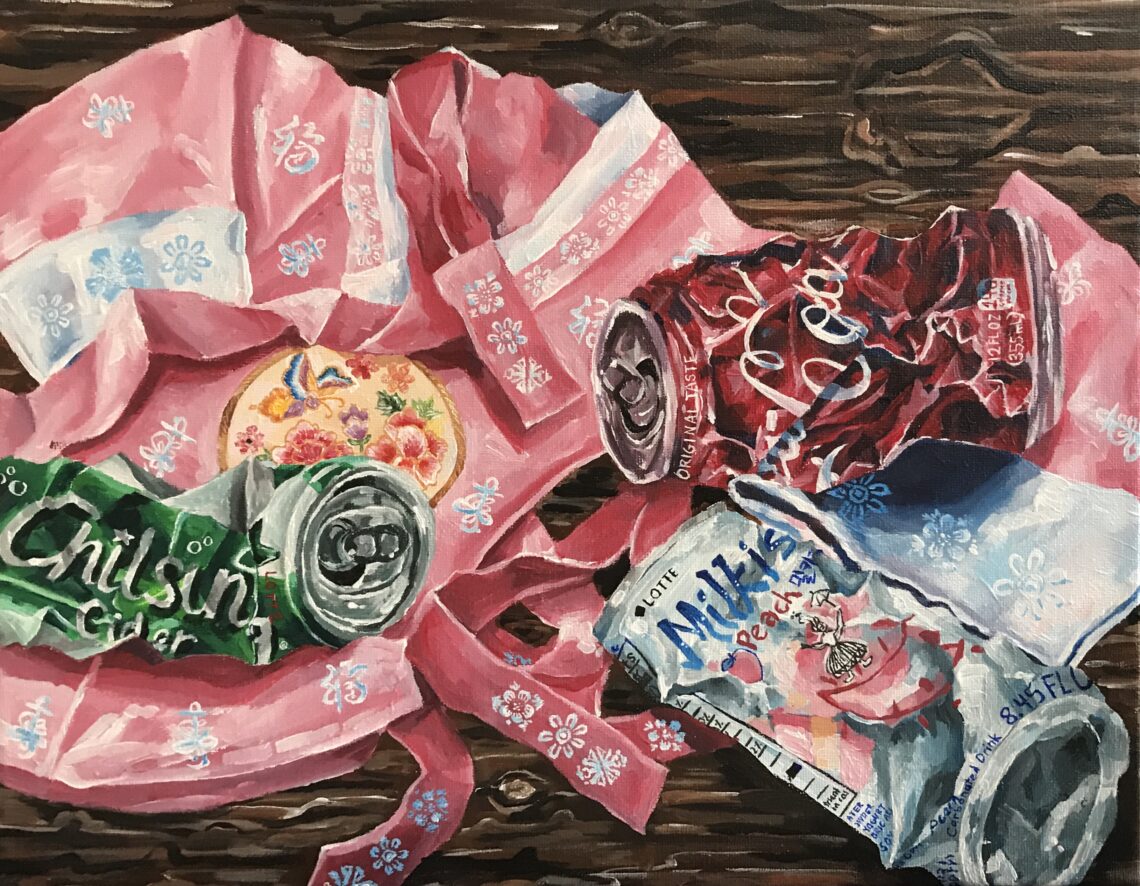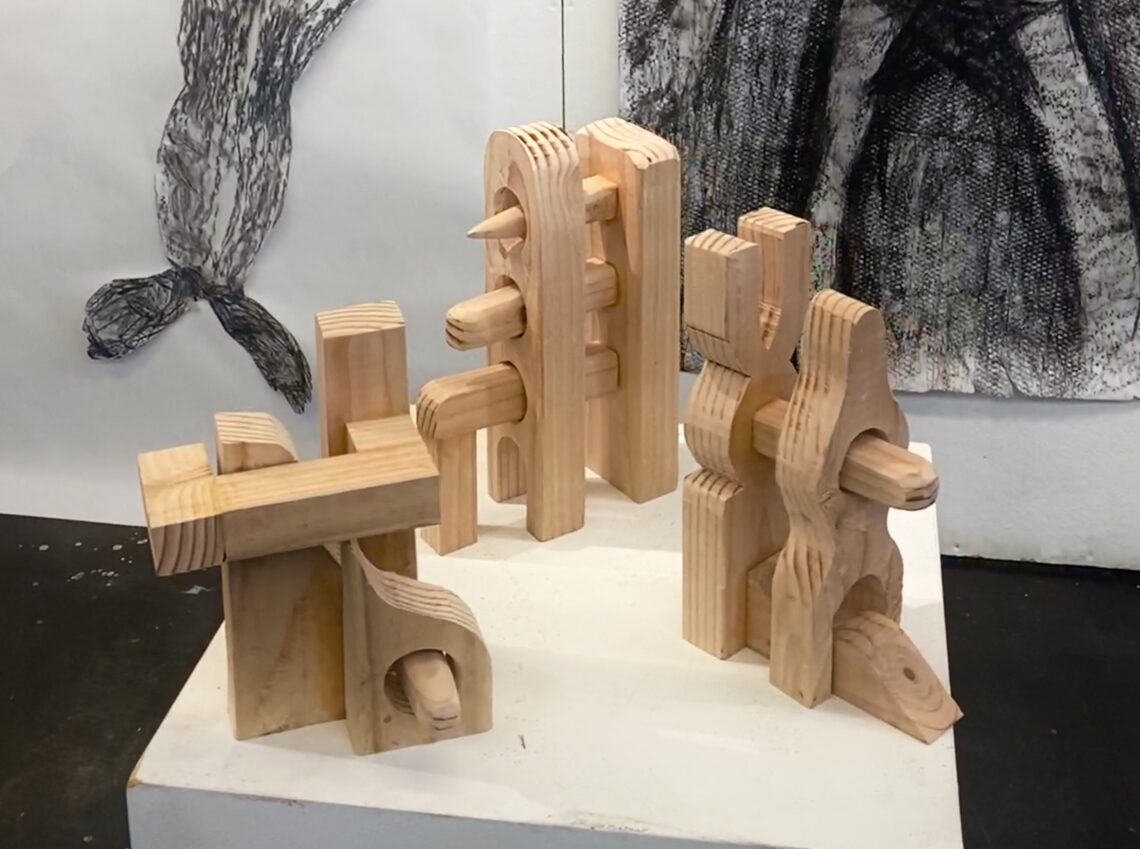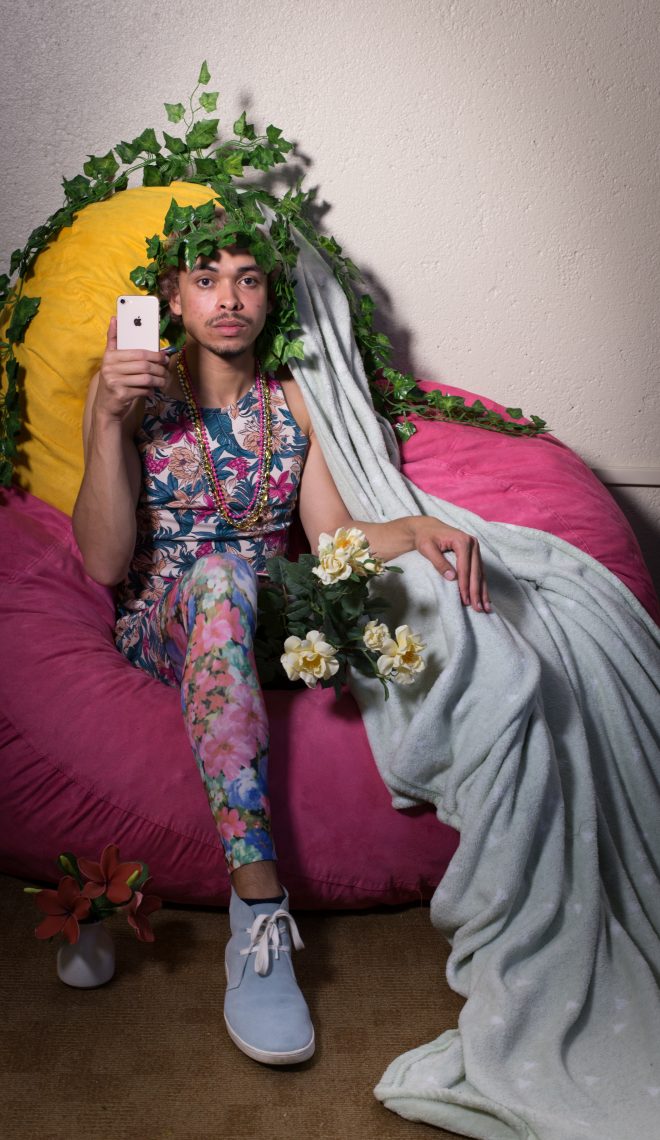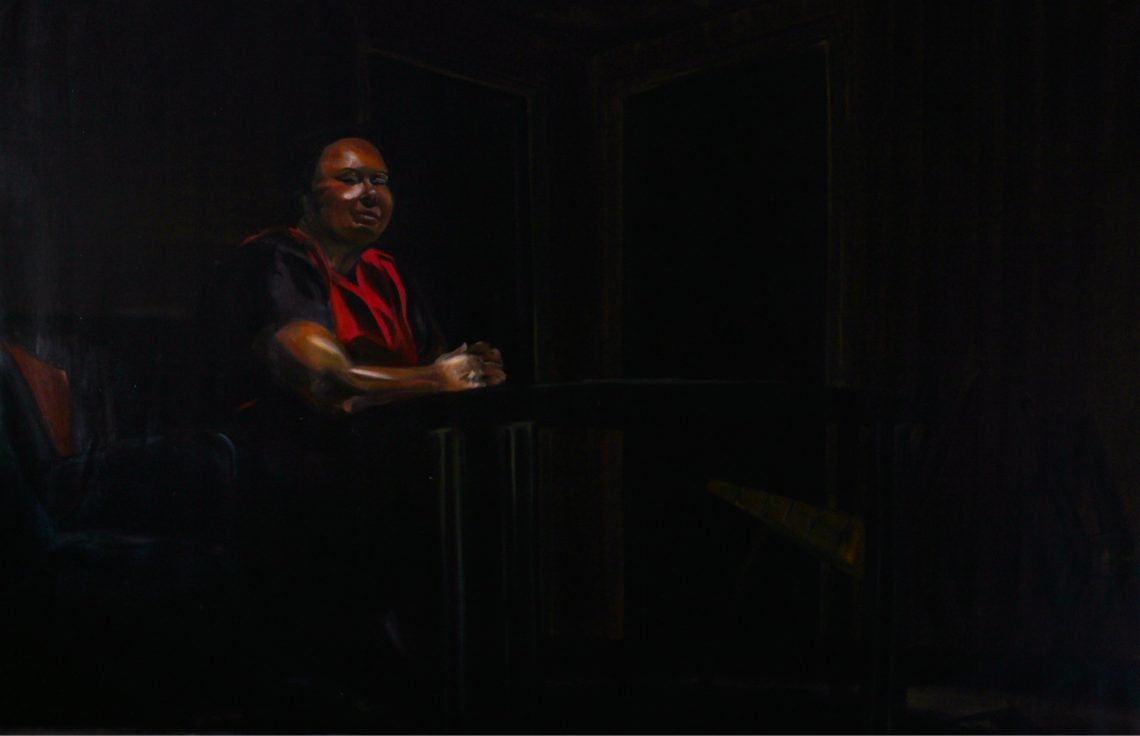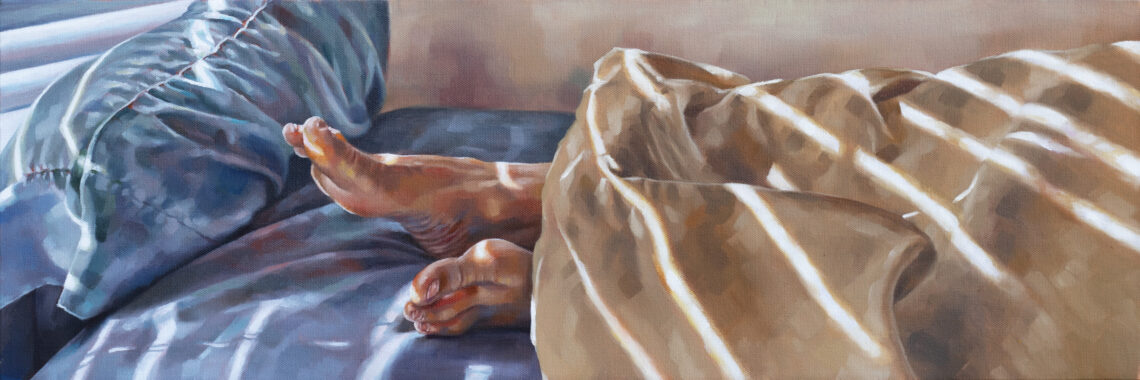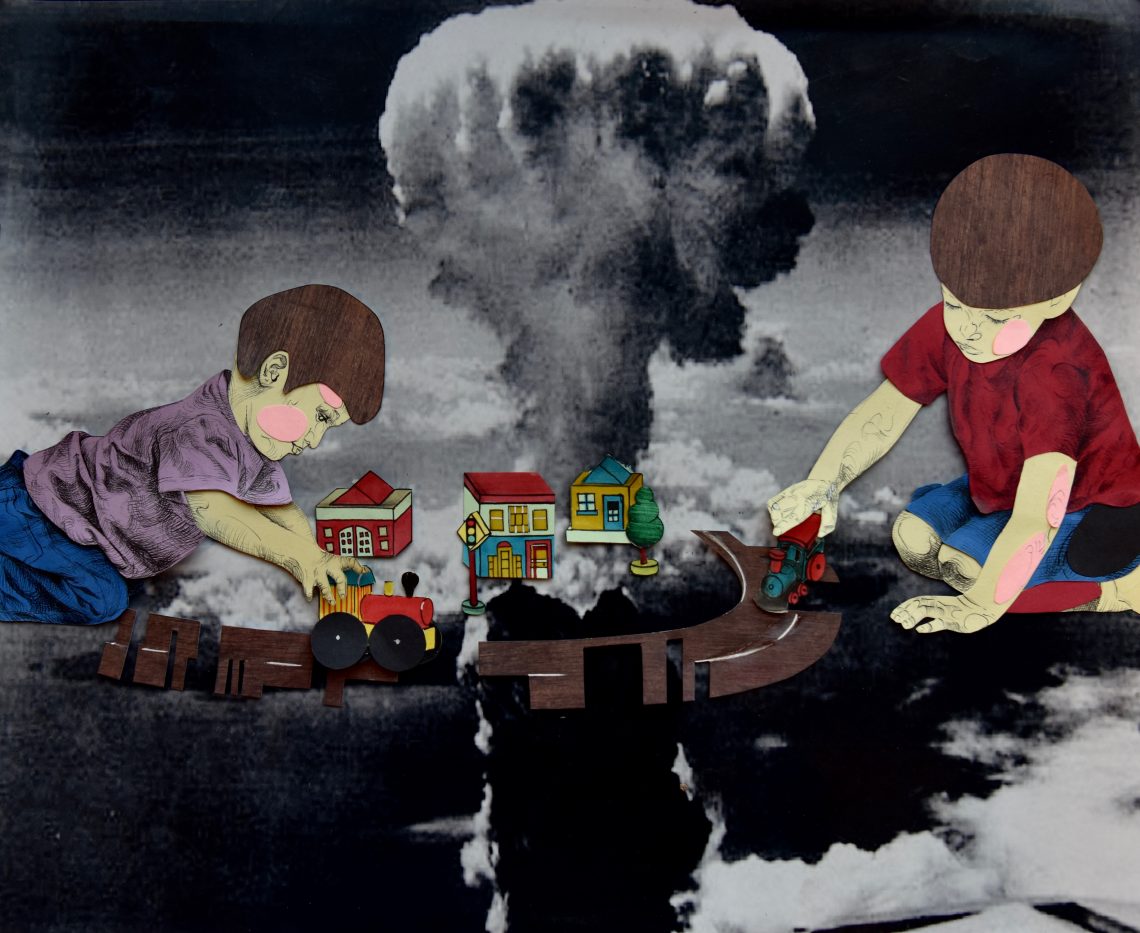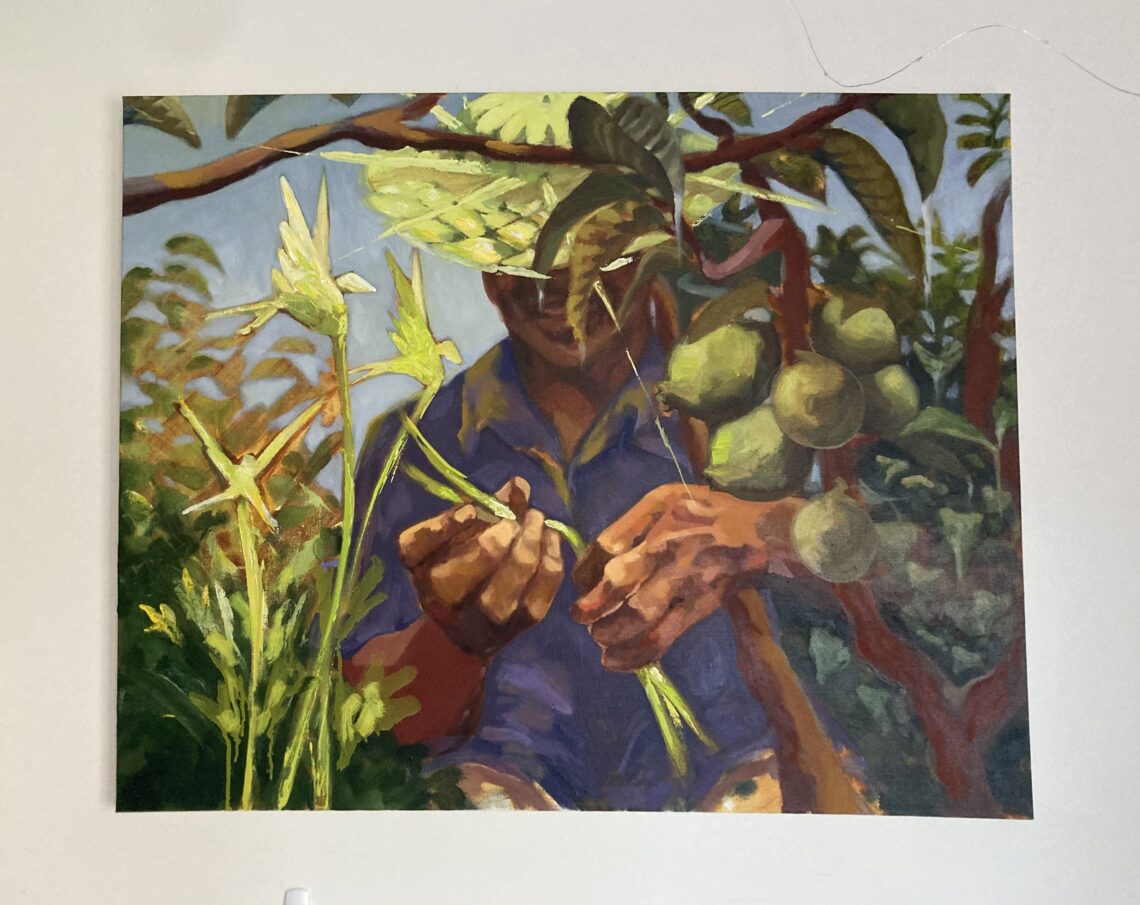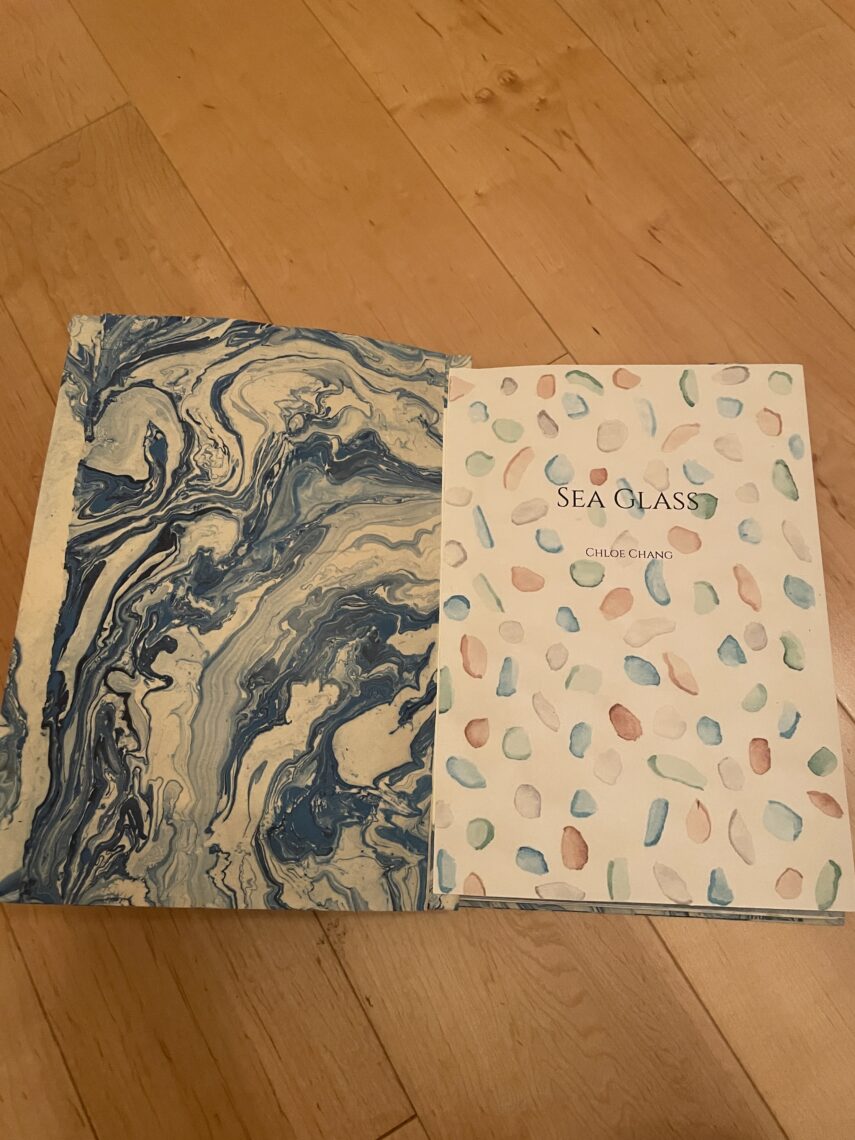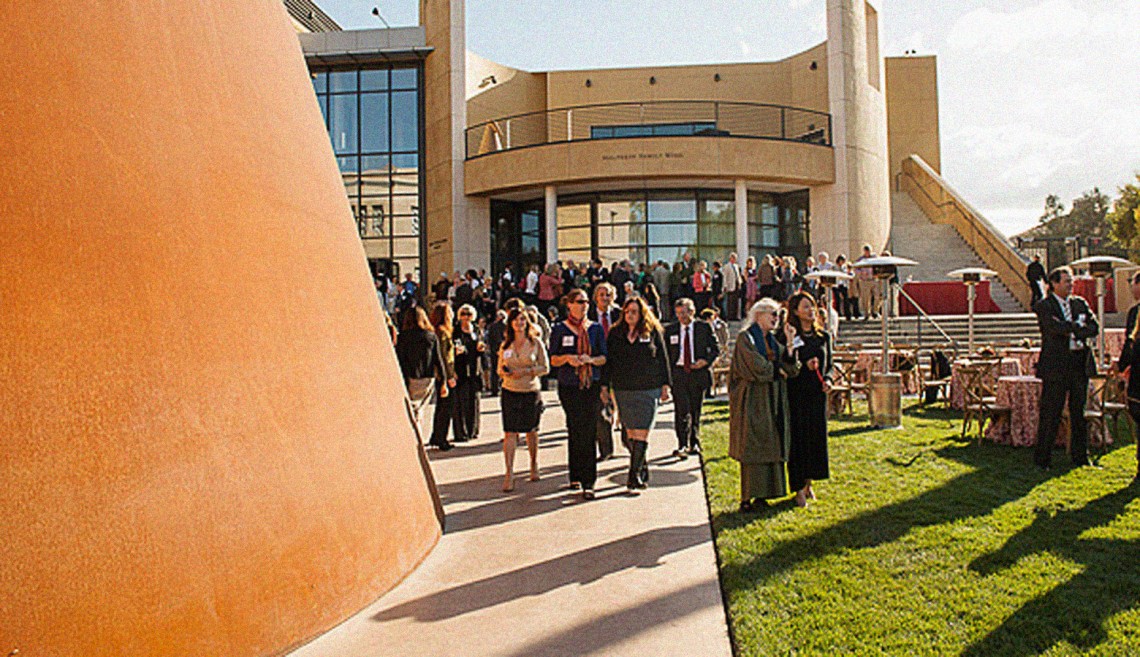 L.A. Cicero
L.A. Cicero
Remarks by Roberta Denning at Anderson Collection Groundbreaking
Throughout the world, a groundbreaking ceremony marks the start of an important construction project. Our ritual turning of the sod will occur a little later this afternoon.
But given the nature of today’s occasion—the beginning of the building that will house the Anderson Collection at Stanford University—any reference to groundbreaking is closer in meaning to “earth shattering” than to “turf turning.” In fact, I did feel the earth shift beneath me when I learned of the Andersons’ generosity—as, no doubt, did some of you.
Indeed, their gift is groundbreaking for many reasons: for the artists and the work that represents them; for the Andersons’ vision as collectors and donors; and for the ways that Stanford will put these treasures to use for the benefit of students, scholars, and the greater community.
The collection showcases American artists who came to prominence in the postwar years, a time when much of what was innovative and significant in the world of art, as in the world generally, was happening in America. The Andersons specifically sought out pioneering work, posing two questions—hurdles, really—for each piece they considered: first, “have we seen it before?” and second, “could we have thought of it?”
Hunk and Moo pursued the art of their time with as much focus, persistence and attention to the human element as Hunk and his partners had brought to the creation of Saga Foods. They honored craftsmanship as well as intellect: the hands as well as the head. They emphasized quality. And at a time when few collectors could hope to match their scope, they searched for deep understanding, establishing long-term relationships with Stanford’s academic community.
There was no road map for what they accomplished. But as Hunk has said, “I didn’t realize it couldn’t be done, so I just went ahead and did it.” As good a description of groundbreaking as anything you’ll find in Wikipedia—or the O.E.D. And a “collection of collections” was the result.
The generosity of the Anderson gift is breathtaking. But what is as remarkable is the generosity of spirit that accompanies it. The Andersons have long welcomed scholars and the public to experience their collection. But in giving these works to Stanford, they are expanding that sharing to a worldwide audience, from the novice to the most knowledgeable of viewers, with the hope that all visitors be fully engaged.
And now Stanford has a great opportunity and a great responsibility, as it becomes the collection’s steward and forever champion. But it won’t be necessary to examine the soil we are about to turn to know the ground is fertile. For the past six years, Stanford’s Arts Initiative has worked to move the arts to the forefront of the university experience.
New buildings are the most tangible evidence of these efforts. By 2016, the 125th anniversary of the university’s founding, a new arts district will greet visitors as they enter campus, anchored by the Cantor Center for the Visual Arts, and including stunning new construction in the Bing Concert Hall and the McMurtry Building for art and art history, as well as the building housing the Anderson Collection.
But as we all know, buildings and their contents are only as vital as the people and programs that animate them. Through the Arts Initiative, Stanford has also funded endowed professorships, graduate fellowships, and a myriad of programmatic enhancements, including hundreds of visiting artists. Ongoing efforts aim to dissolve outdated boundaries between the arts and other disciplines and to tie the arts more closely to student and community life.
Nestled physically within the arts district and spiritually within the Arts Initiative, the Anderson Collection will become a familiar part of campus life. Of course, visitors will not be able to live with these works quite as intimately as the Andersons did—as far as I know, there aren’t any sleepovers planned for the new building.
But soon an encounter with Pollock’s drips and Rothko’s reds will be a short bike ride away from the freshman dorms, a stroll away from the medical school, the history corner, and the biology lab. Researchers will have the luxury of multiple and prolonged visits. And someone who has known an artist only from posters will be able to stand in front of the visceral work and sense what Rilke meant about the power of art: “for here there is no place that does not see you. You must change your life.”
Hunk, Moo, and Putter, we appreciate your dedication. We appreciate your generosity. We appreciate the years you devoted to assemble a gift we cannot fully comprehend today. We aspire to be worthy of it, and to use it wisely for the benefit of current and future generations.
Sometime this month, a young child will draw a stick-like tree onto a piece of construction paper. And with a teacher’s help, the child will dip a bit of sponge into red paint and yellow paint, dabbing it onto the paper to give the tree a dizzying orange corona. The resulting masterpiece on the refrigerator door will be partly representational, partly abstract—and, to the child, completely magic.
In a dozen or so years, if that student has enough fire and talent, passion and commitment, he or she might find a way to get to Stanford, joining the next generation of this world’s groundbreakers. And when that young man or woman arrives on campus, Stanford will be ready, because among its most magnificent resources, the Anderson Collection will be waiting.







